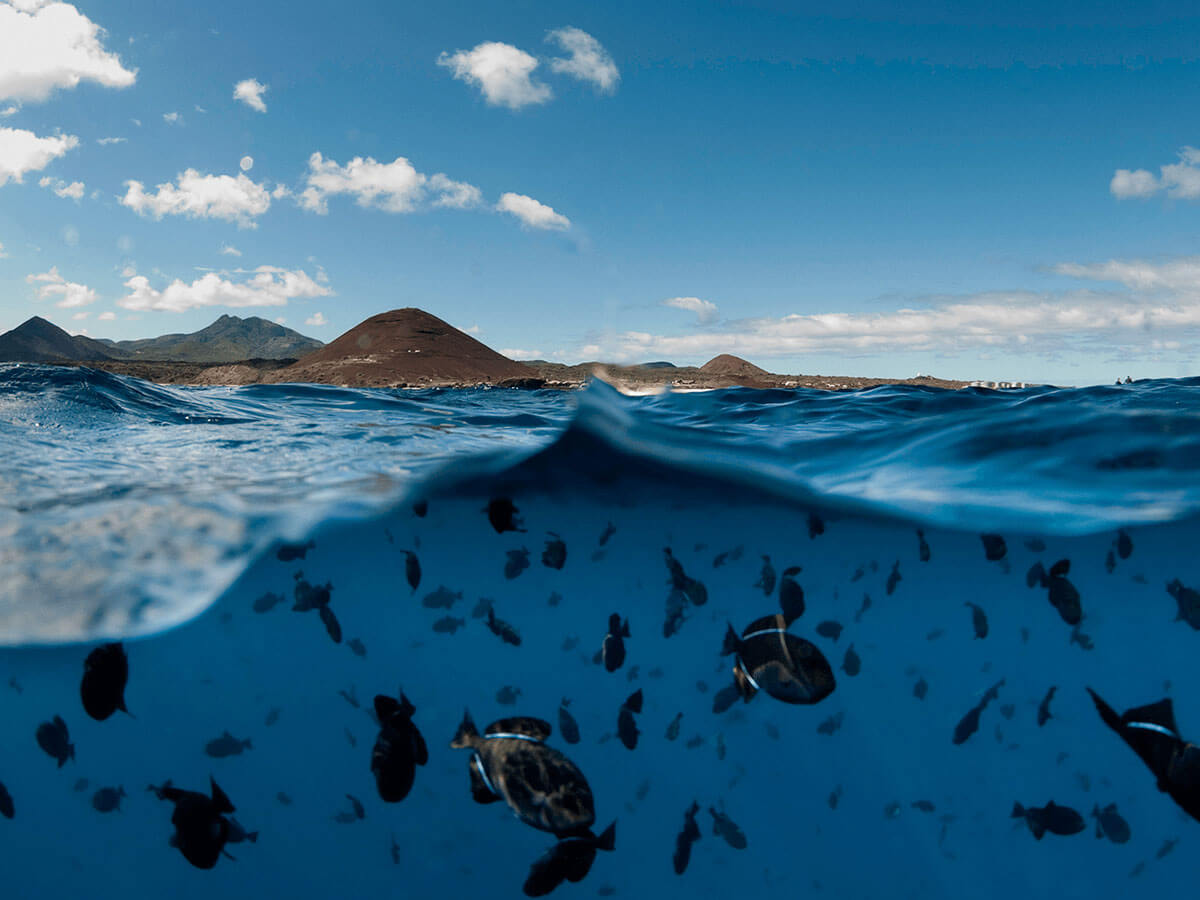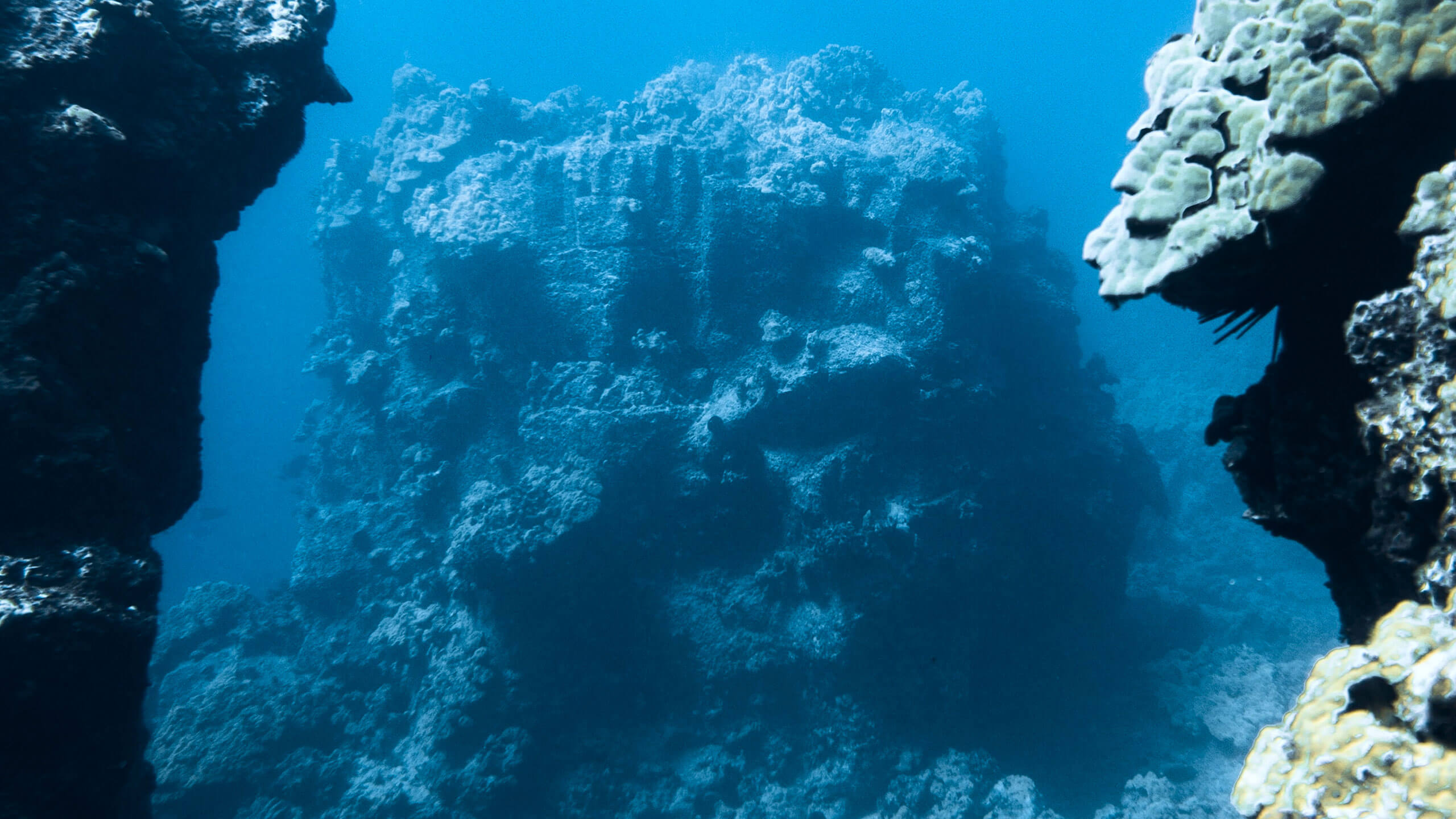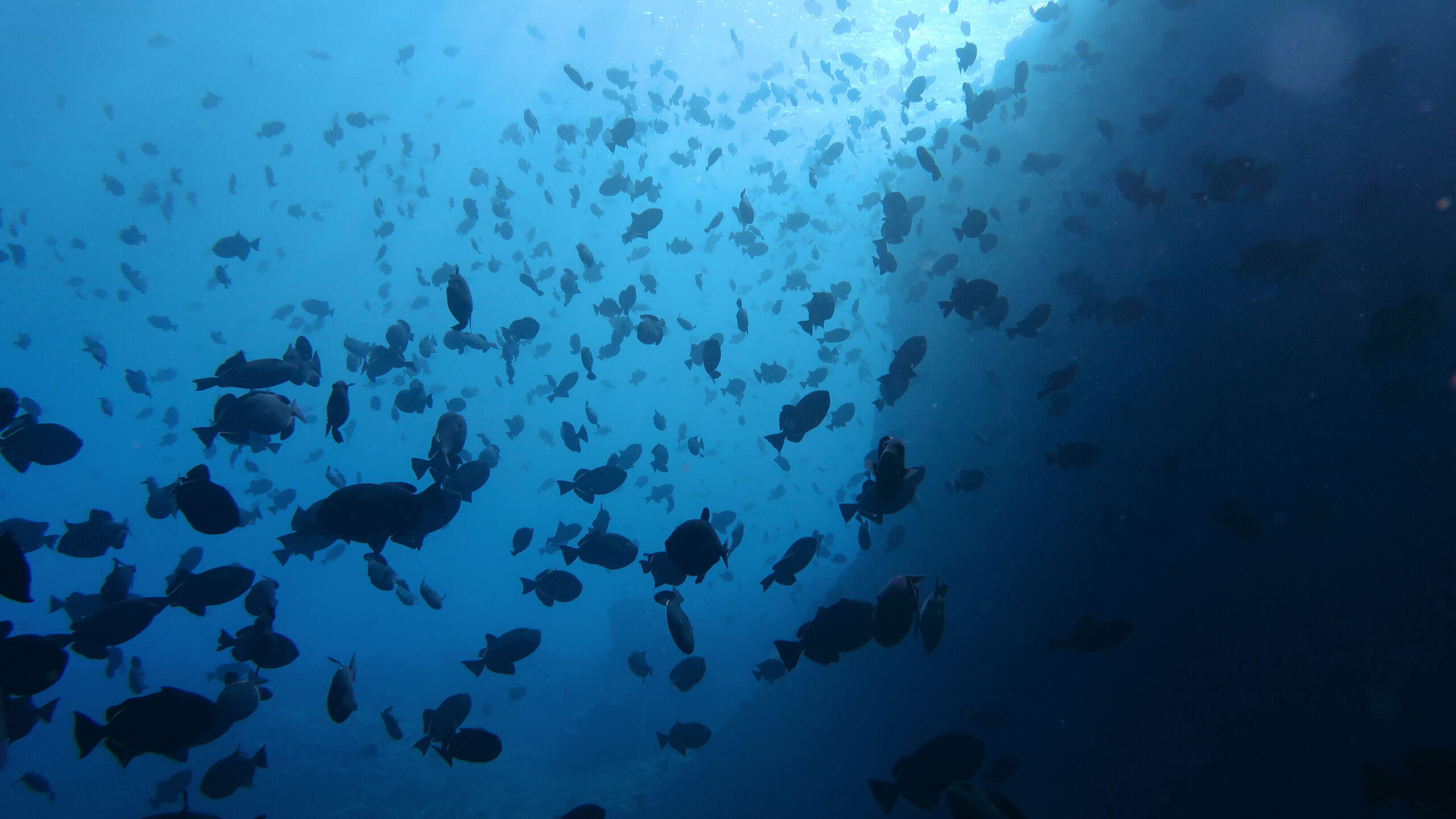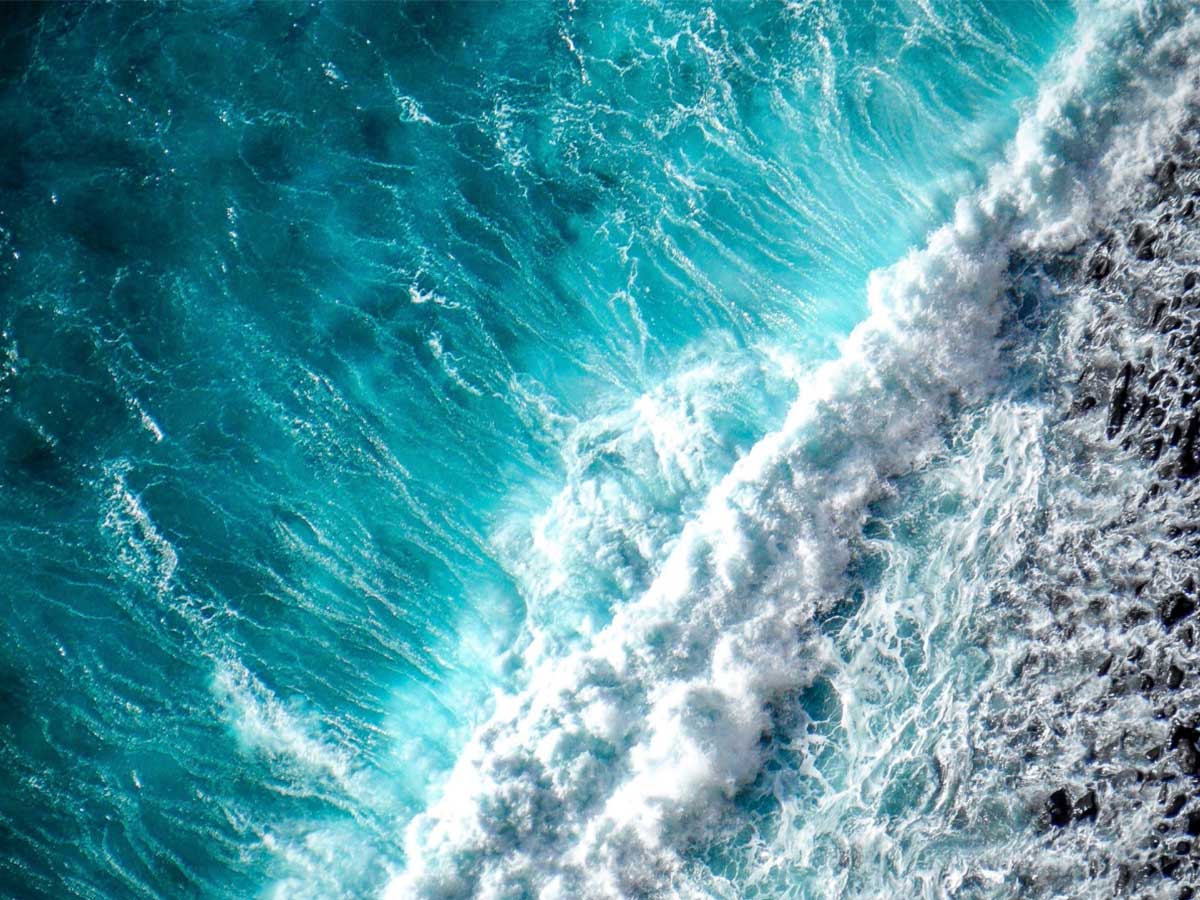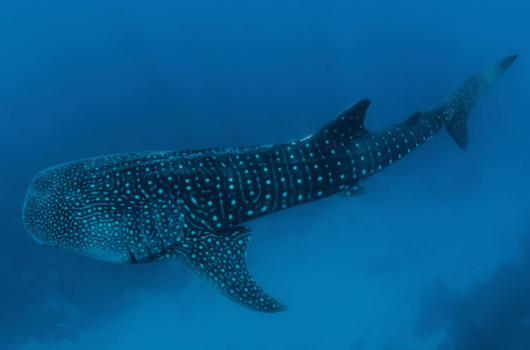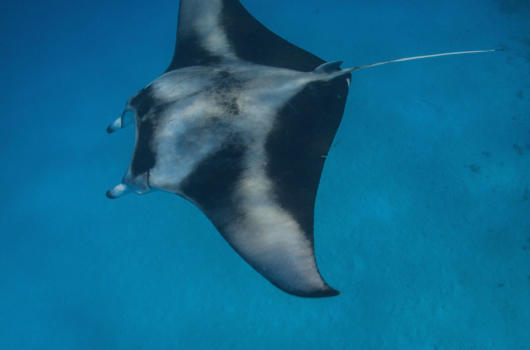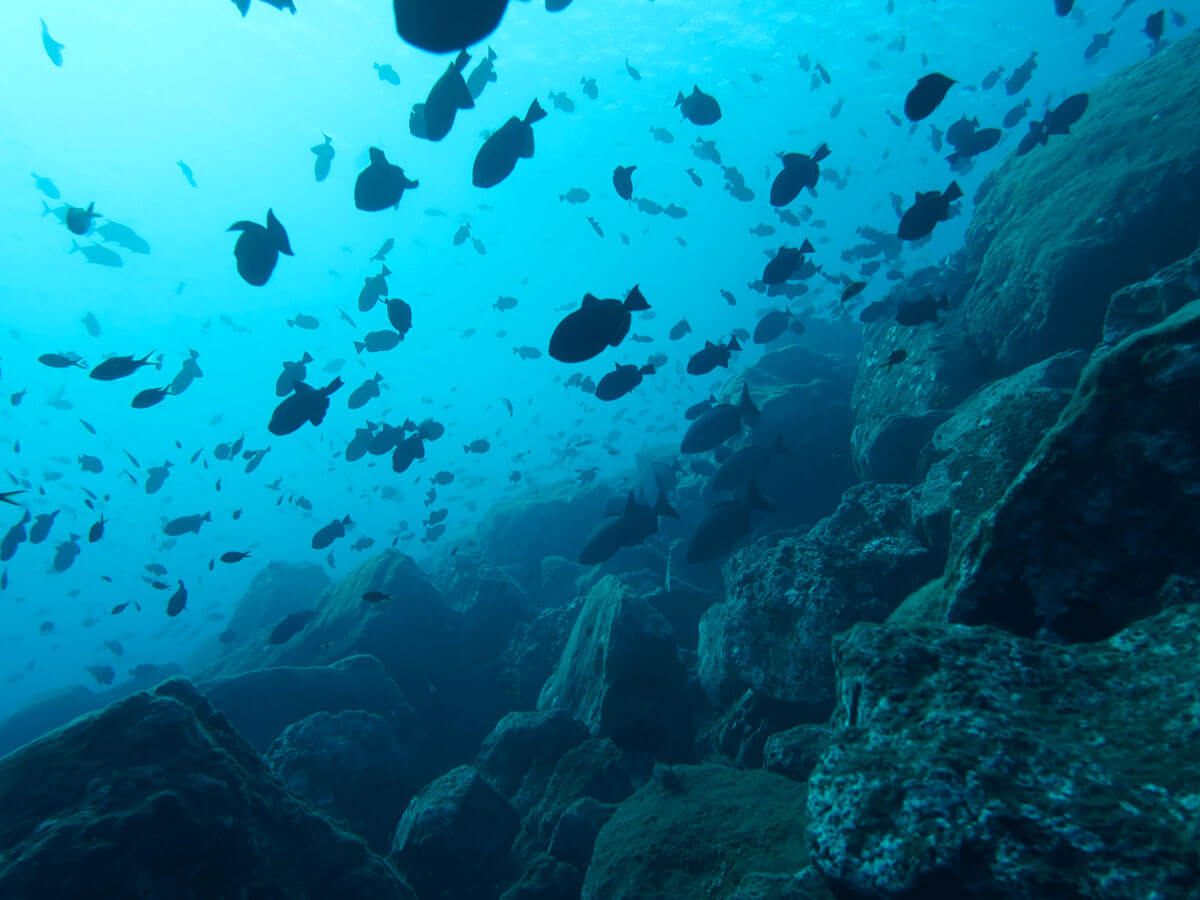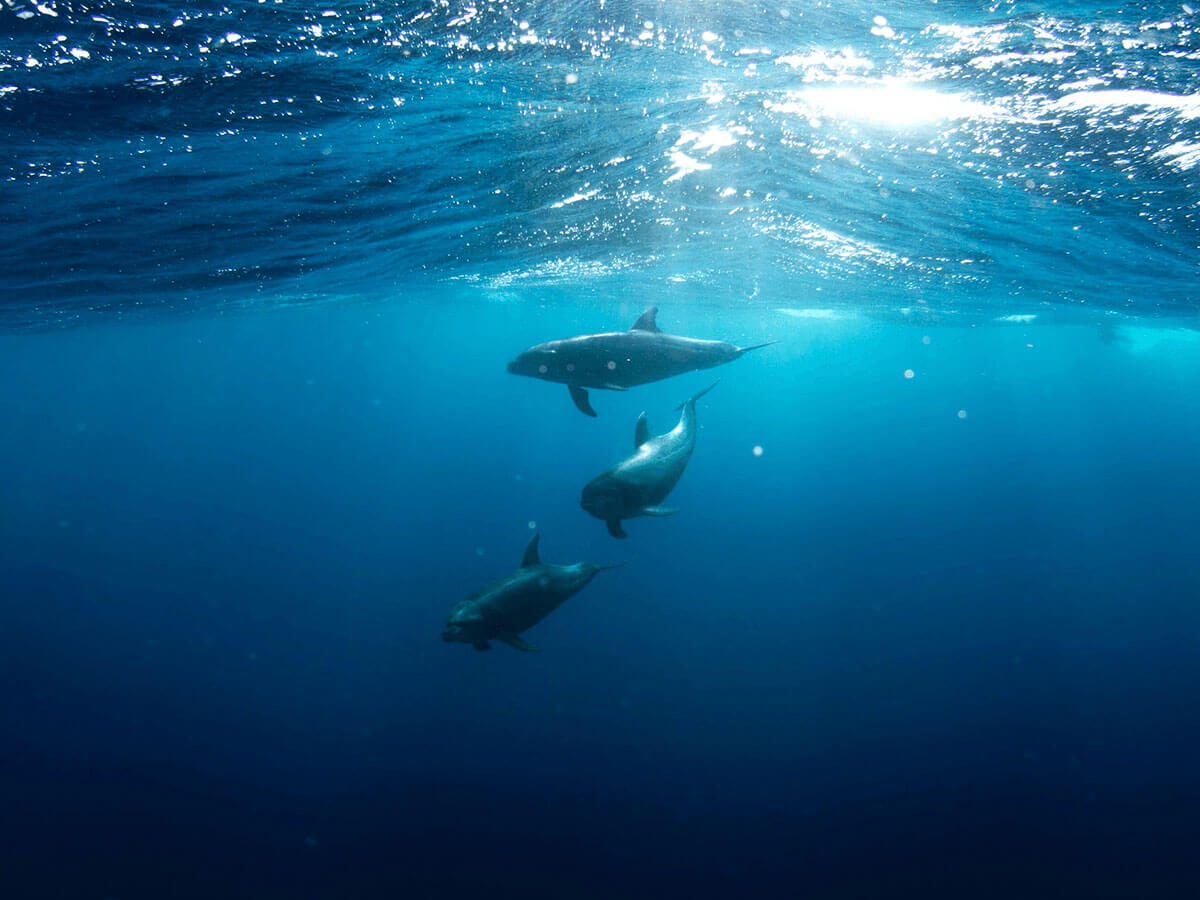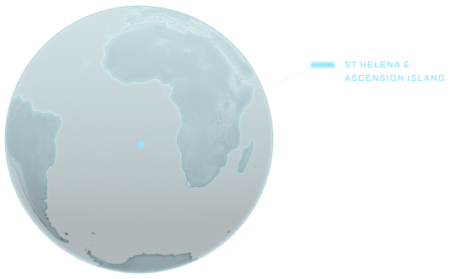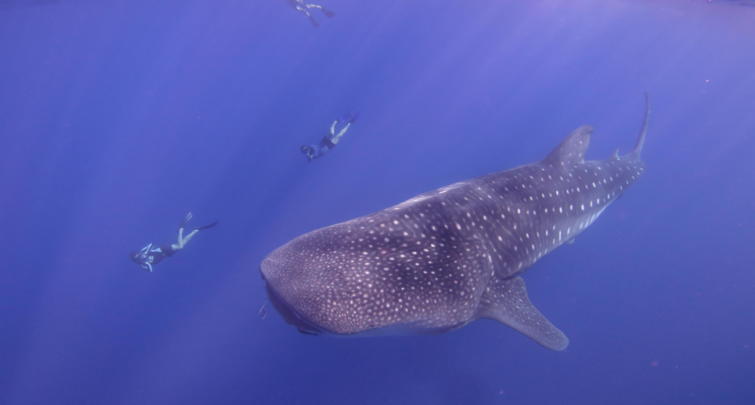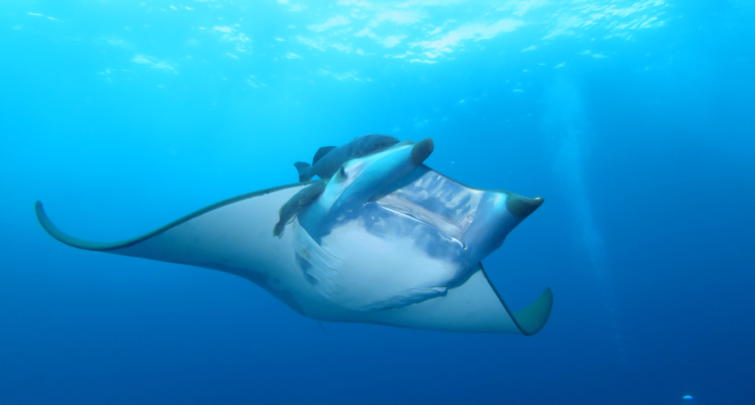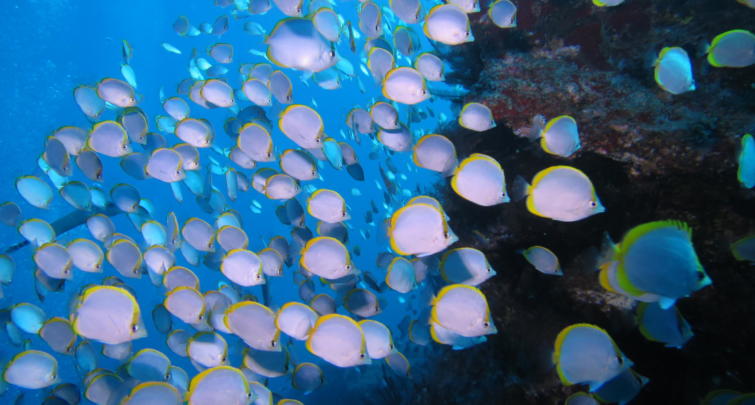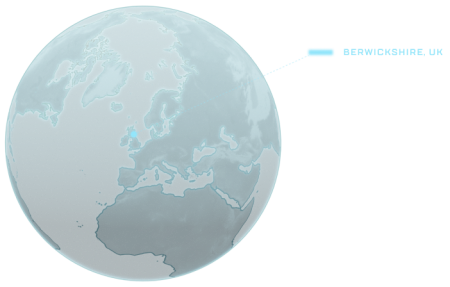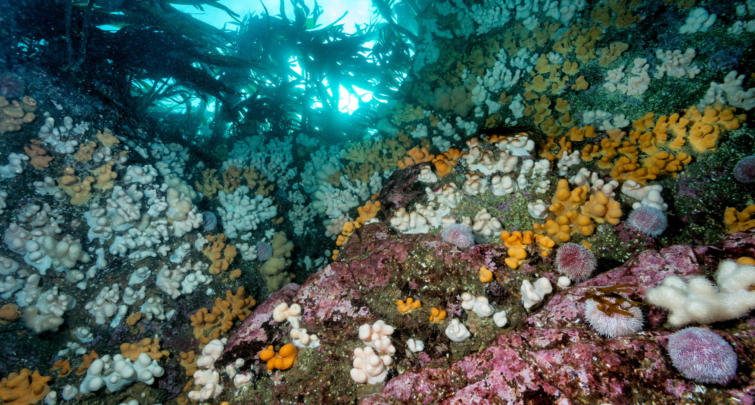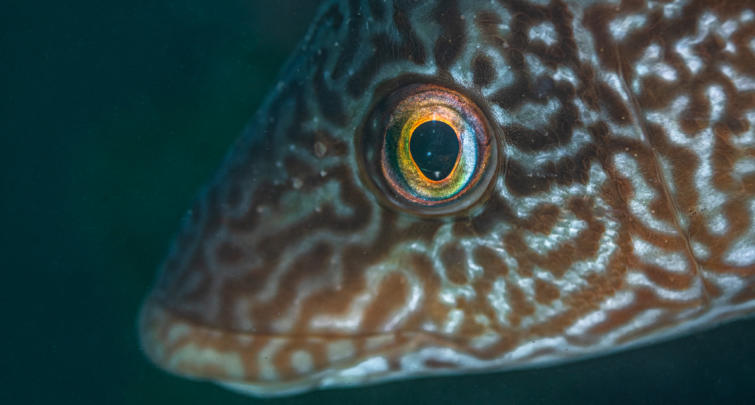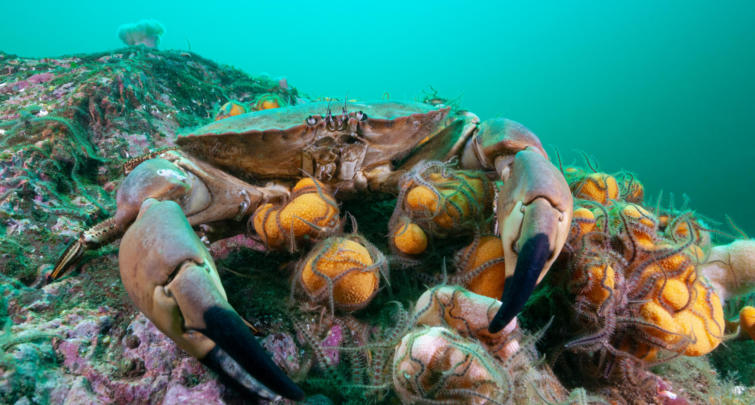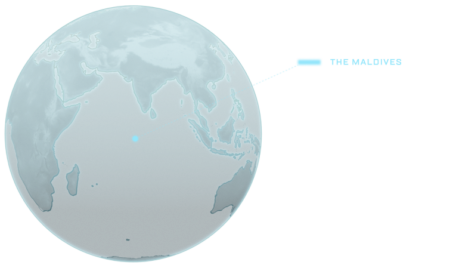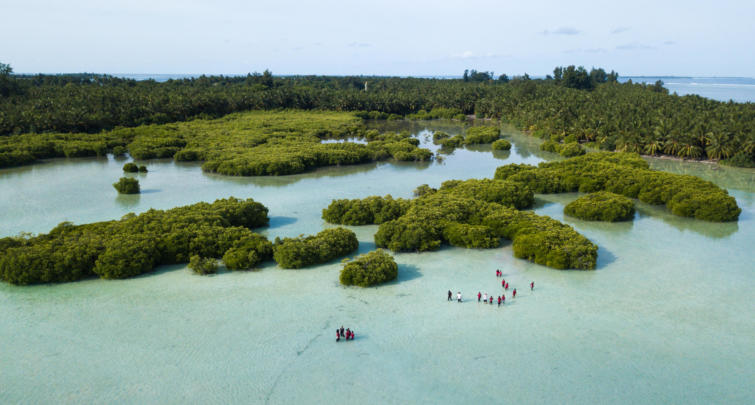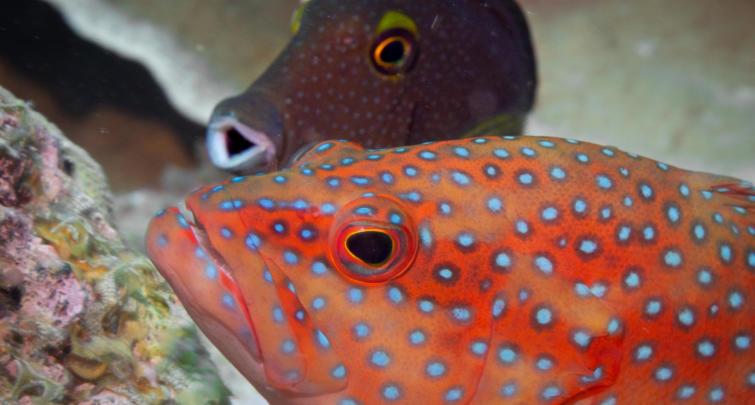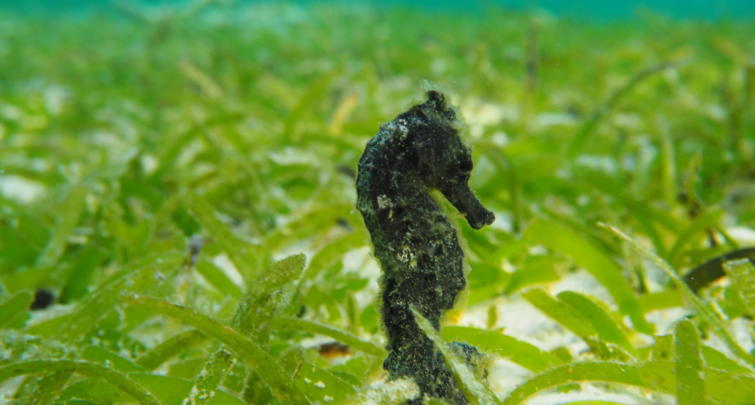An incredible underwater world
Located on the southeast coast of Scotland, Berwickshire’s waters are unique. Cold and warm currents converge, enabling a diversity of marine life rarely found elsewhere in the UK, from whales and dolphins to wolffish and kelp forests.
Unfortunately, the majority of the Marine Protected Area (MPA) in Berwickshire is open to bottom towed trawling and dredging with reports of unlawful fishing from trawlers being common. This is not unique to this coastline. Since 2015, there have been over 140 recorded incursions within Scottish MPAs, very few of these have resulted in prosecutions. Remarkably, only 5% of Scotland’s inshore waters are protected from damaging bottom towed fishing gear.
Blue Marine’s work
Blue Marine is calling on the Scottish Government to protect its rich biodiversity for the benefit of all users. On the ground, Blue Marine is working with the community of Berwickshire to create a template for protected and sustainably managed marine protected areas in Scotland.
Goal 1: Sustainable low-impact fisheries are championed within the MPA, with fishermen involved in decision-making through a regional approach, providing increases in catch and returns at market.
Goal 2: Create a community-led marine protected area where activities are managed within sustainable limits and stakeholders are engaged in decision making, providing long-term benefits to local livelihoods and economy.
Goal 3: Research and management recommendations are submitted to Government to support protection throughout the whole MPA
